Kenova Union Station (1890s-1975)
Introduction
Text-to-speech Audio
Images
Union Station.
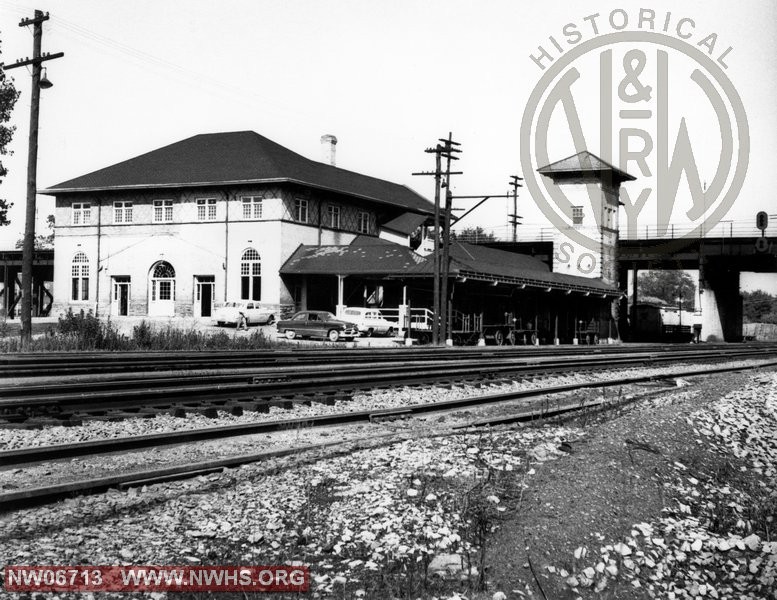
Picture of the front of the depot.
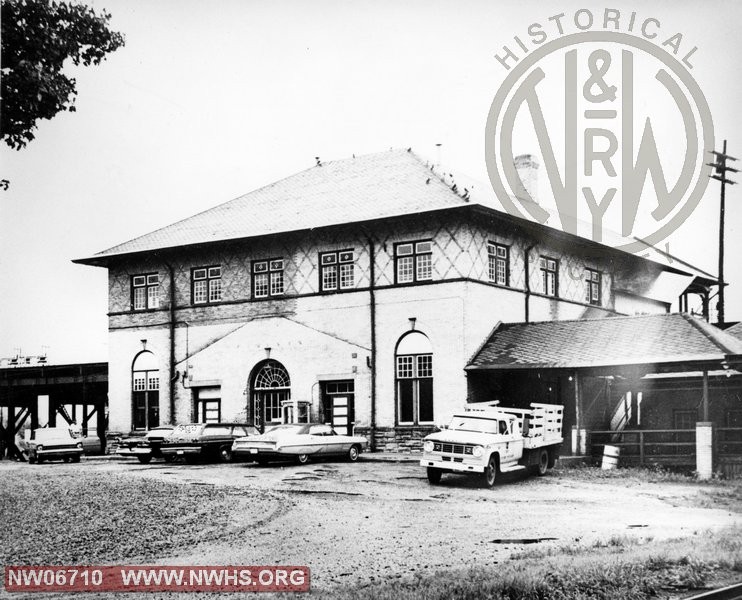
View from the upper level of the station showing the Kenova Bridge across the Ohio in the distance.
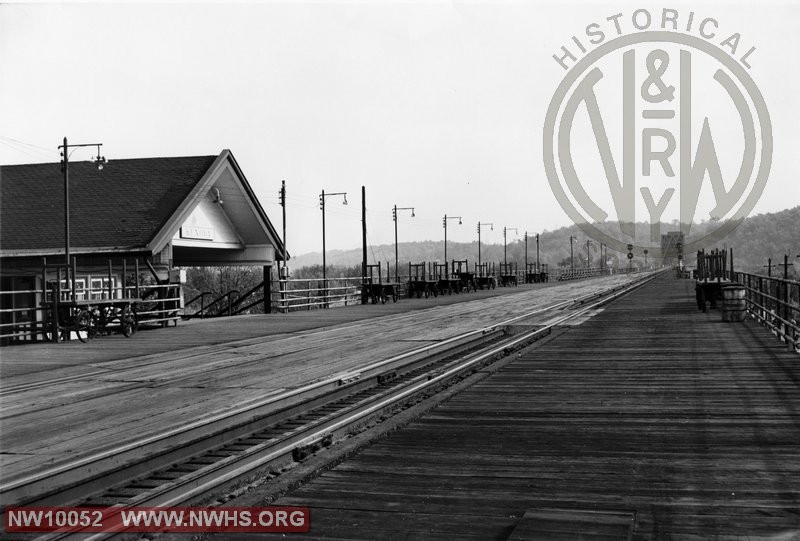
Another Picture of the upper level of Union Station.
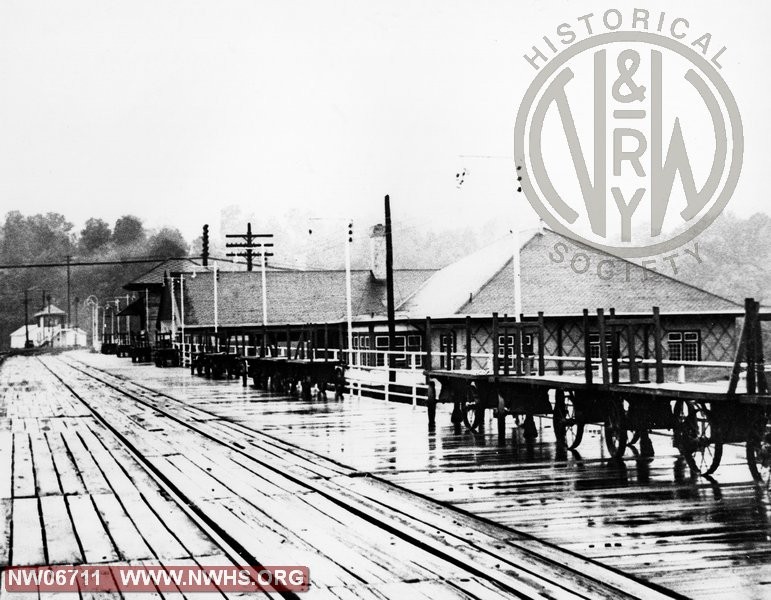
Picture of the sign which would greet passengers as they arrived at the Union Station.
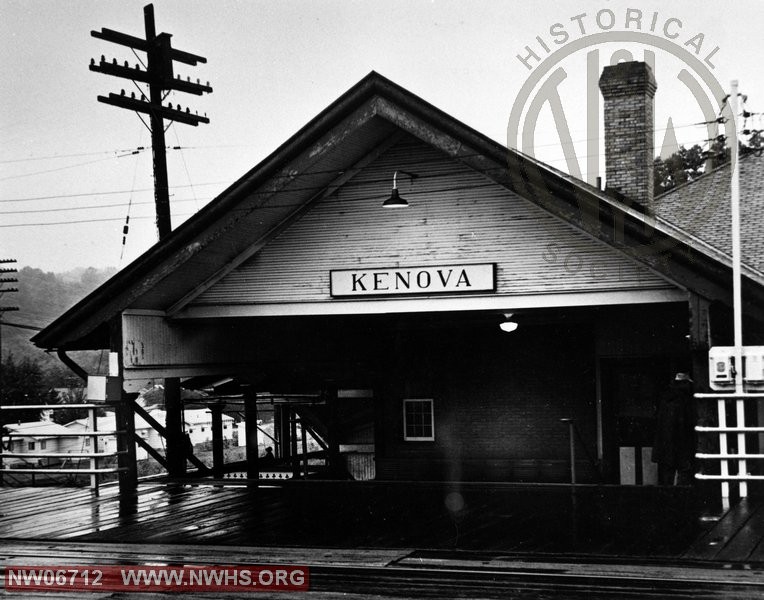
Union Station postcard from the Thacker's Variety Store on Chestnut Street. A caption on the back reads "More coal passes through this station than anywhere in the world."
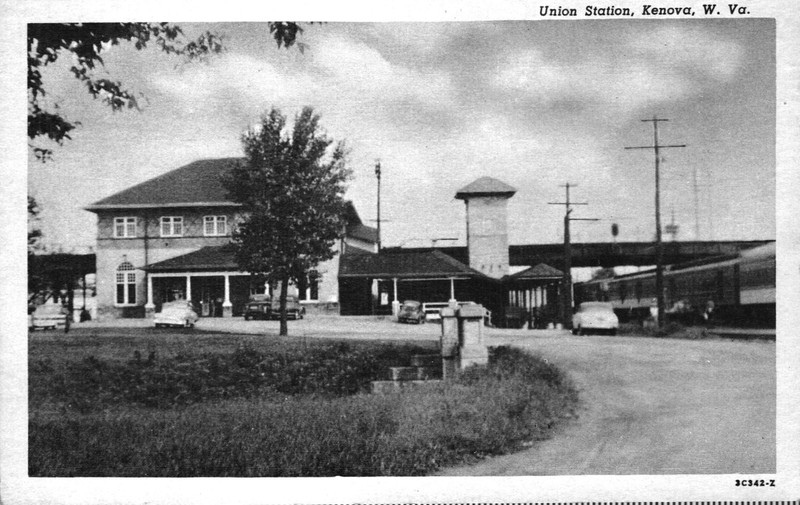
South side looking north. Image courtesy of the Kenova Historical Commission.
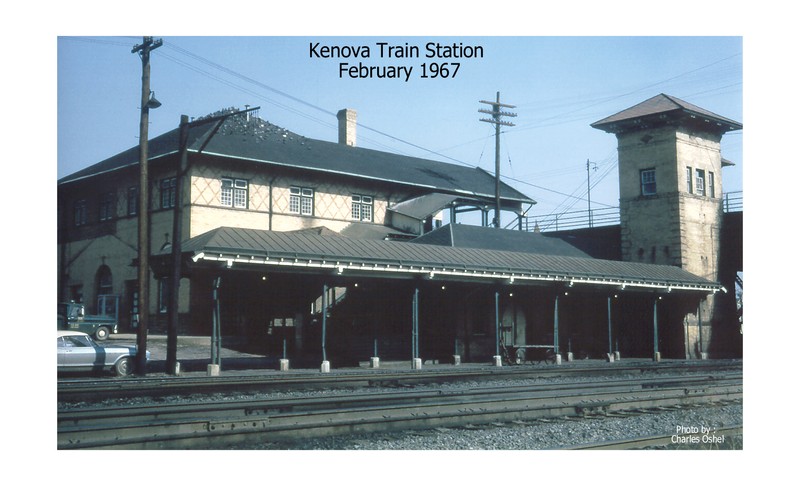
Looking north from the upper deck. Image courtesy of the Kenova Historical Commission.
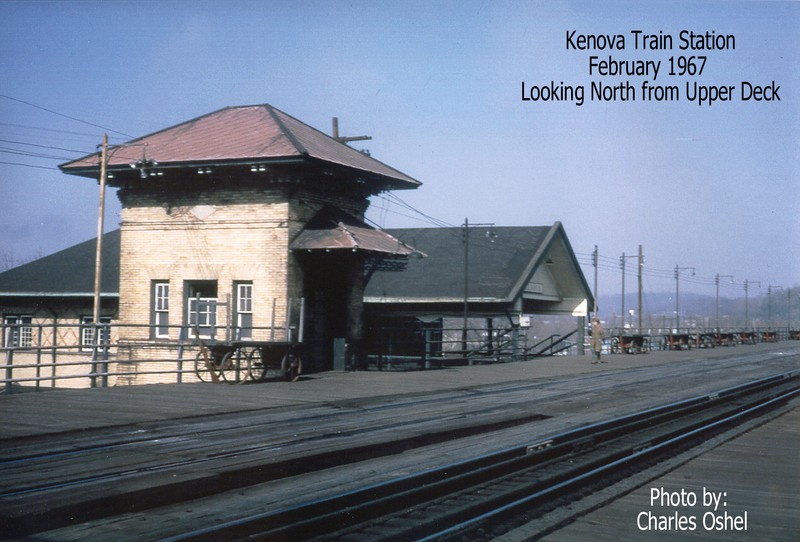
Looking south from 13th street. Image courtesy of the Kenova Historical Commission.
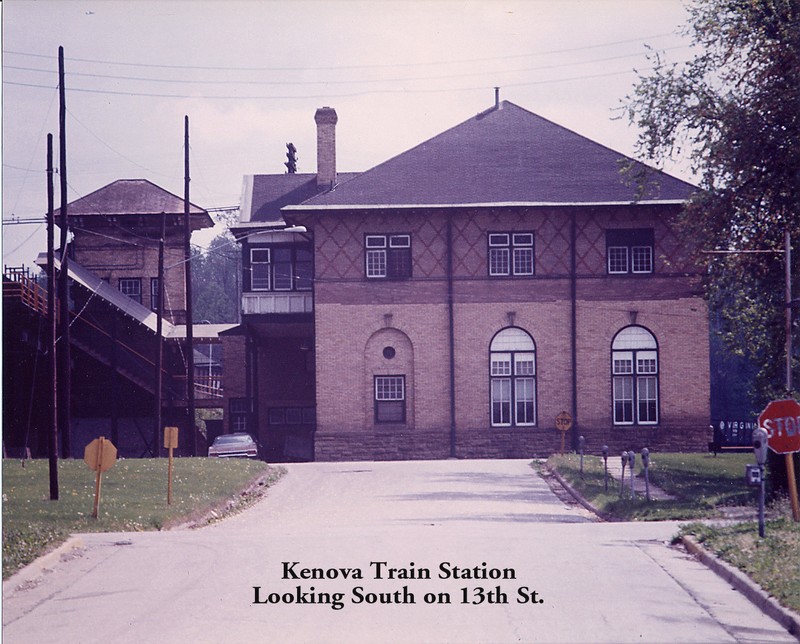
Union Station was demolished around 1975. Courtesy of the Ceredo Historical Society Museum.
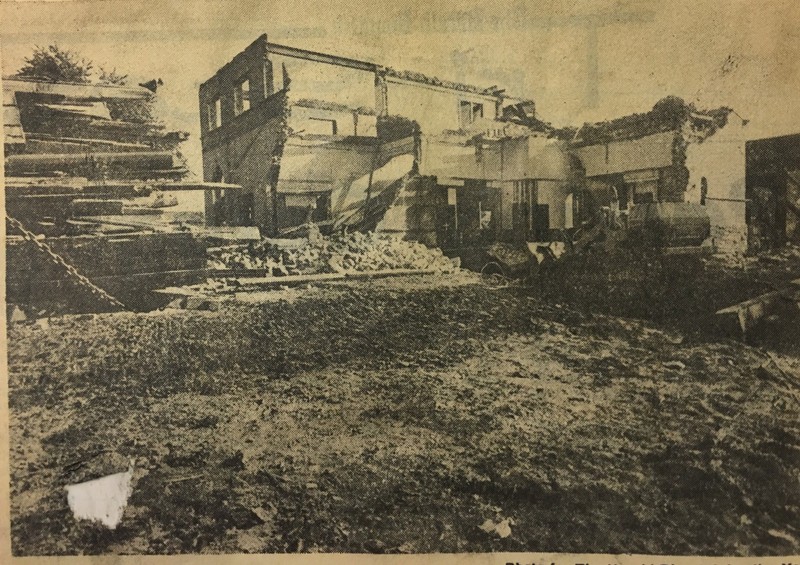
View of the station from the south. The N&W bridge crossing the Ohio River can be seen in the background. Image courtesy of the Kenova Historical Commission.
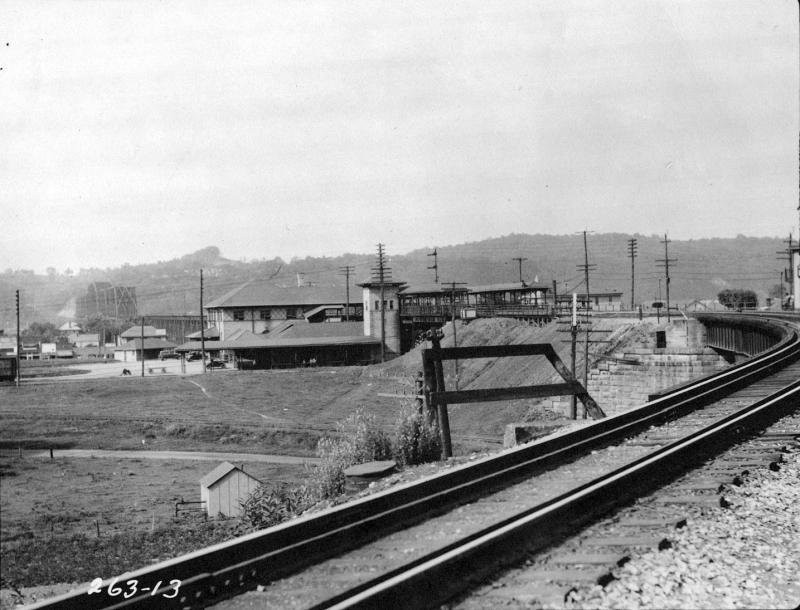
Union Station was demolished around 1975. Courtesy of the Ceredo Historical Society Museum.
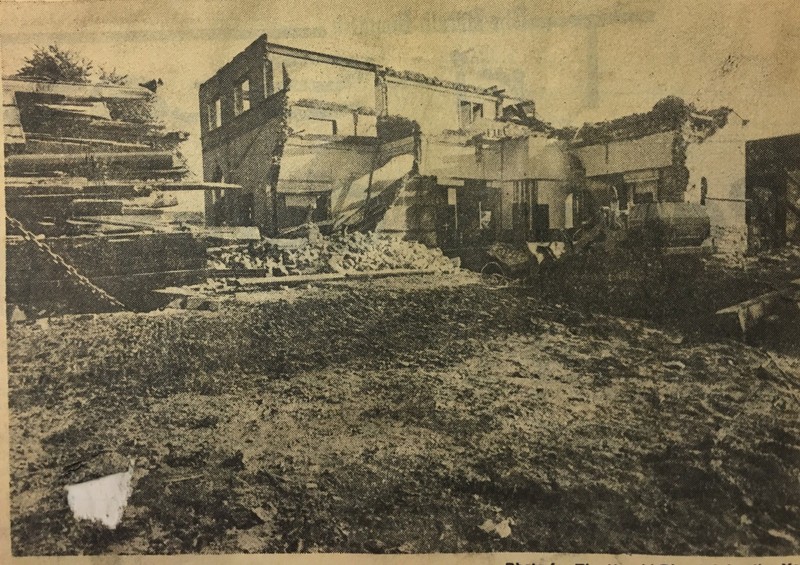
Backstory and Context
Text-to-speech Audio
In the late nineteenth century, great change came to local area in the form of railroads. Railroads were the interstate highways of the day, providing transportation for people and goods. They connected individuals like never before, shrinking time and space. By the late 1800s West Virginia was already busy with railroad activity. In the 1870s, officials from the Norfolk & Western Railroad (N&W) began looking for a route to connect Cincinnati, Ohio and Norfolk, Virginia, and to transport coal from the southern West Virginia coalfields.
The N&W decided upon three possible routes: One would be through the Kanawha River Valley, another would follow the Big Sandy River bordering West Virginia and Kentucky, and the third would snake its way through the Twelve Pole Valley, a small valley situated in the middle of Wayne County between the two larger, previously mentioned rivers. The Chesapeake & Ohio Railroad, the Ohio & Guyandotte Railroad, and the Rockcastle Railroad all already ran through the Twelve Pole Valley region. The route up the Twelve Pole Valley was chosen and in 1872, the United States Army Corps of Engineers gave its approval for a railroad bridge to be constructed across the Ohio River just downstream from the town of Ceredo, West Virginia.
Workers flooded into the area to begin construction on the railroad and the bridge. Due to the massive amount of engineering and labor required to cross the mighty Ohio, workers began on the bridge while other workers laid the track south. Within the area of the bridge, the N&W planned to construct a new town to service the railroad; it would include rail yards, coal tipples, and all other necessary implements to open the surrounding coal fields and transport coal. The town was laid out in a grid and soon other businesses and industries emerged in the small boom town. The town was initially called “Chatarwha," but later renamed Kenova, an amalgamation of the names Kentucky, Ohio, and (West) Virginia.
In their newly created railroad town, the N&W planned to construct a massive two-story depot called Union Station to service passengers coming to Kenova. A temporary station was constructed where Union Station would one day stand at the end of March 1891. The permanent Union Station was not initially built because engineers had to wait until a large overland bridge was constructed through the town in order for the tracks to reach the Kenova Bridge over the Ohio River from the hills to the south. By July 1892, the overland bridge was completed enough to begin work on Union Station. The heart of the town was constructed around the station. Businesses and new buildings sprang up anticipating the influx of traffic which the station would create. The Glenwood Hotel was constructed nearby along with an assembly hall, a bank, and several other buildings which housed shops and services. First the station’s large cellar was dug and stonework began on its foundation. By September, workers began laying the yellow brick walls of the station. Construction was finally completed on December 1, 1894.
The decline of the passenger railroad industry in the second half of the twentieth century resulted in thousands of train stations being closed and demolished across the country. Factors such as airlines, automobiles, and new interstate routes significantly impacted the amount of passenger traffic. Kenova's Union Station also fell victim to this decline. The number of train stops at the station steadily dropped throughout the 1960s; the last reported stop at the station was on May 1, 1971. That same year Amtrak, recently created by the government to take over all surviving passenger rail operations, decided to use a new, prefabricated station in Catlettsburg, Kentucky instead of the Kenova station. In its last few years of existence the station sat empty, and was prone to vandalism and attempted arson. Union Station was finally demolished sometime in 1975. The lot on which it stood remains vacant.
Sources
Thompson, R., & Thompson, S. (2011). Aging wonders: The birth of Ceredo-Kenova. West Virginia: R. M. Thompson. NWHS Archives Documents. (n.d.). Retrieved February 28, 2015, from http://www.nwhs.org/archivesdb/selectdocs.php?index=sc&cid=32&id=5
Tim Hensley. "Next Stop, Kenova!" Undated newspaper clipping. Ceredo Historical Society Museum.
